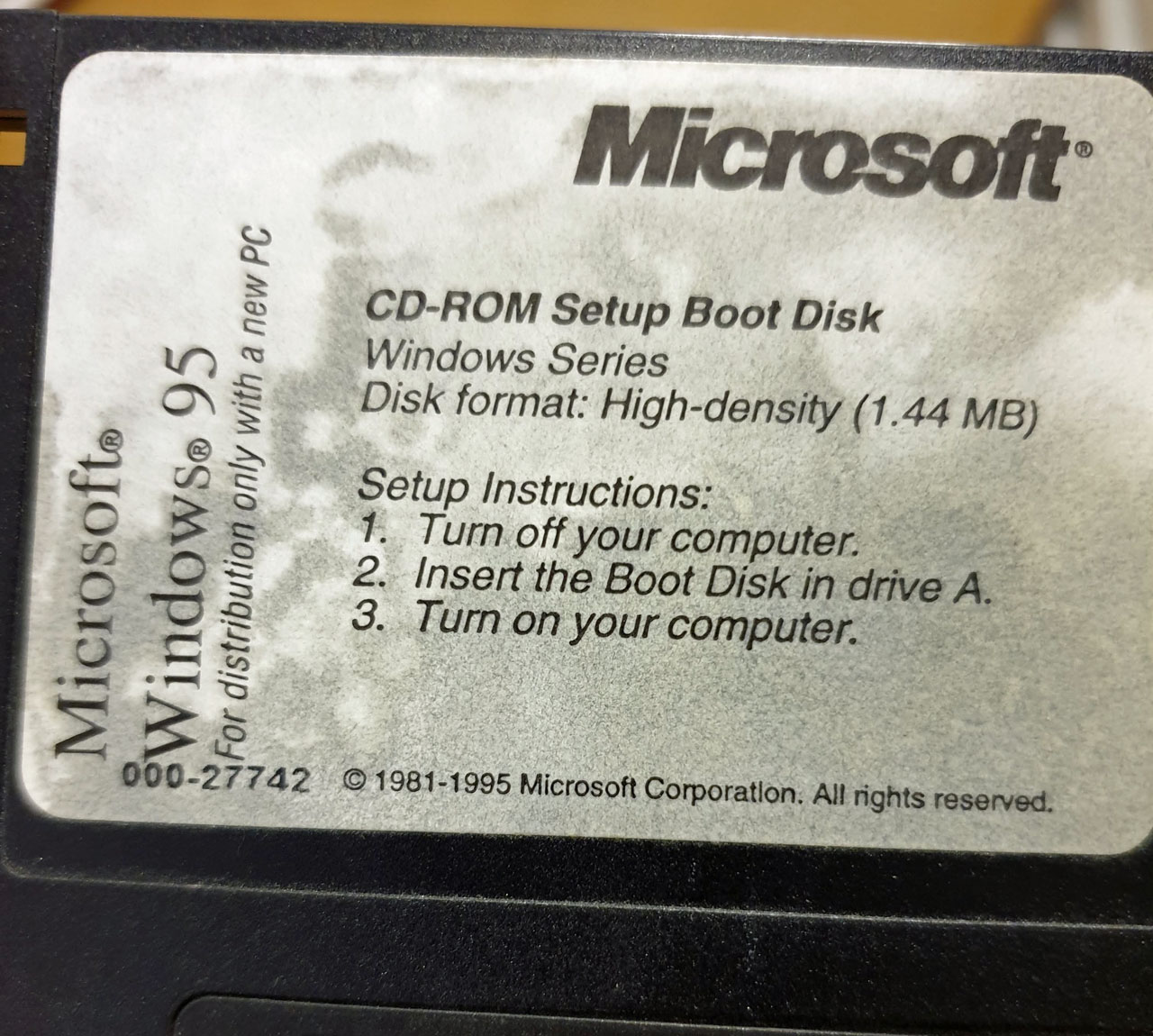
There’s something uniquely nostalgic about rummaging through old boxes. It’s like flipping through pages of a dusty photo album, where each item stirs a long-forgotten memory.
Yesterday, as I delved into boxes at the back of my garage, trying to make some progress with our de-cluttering project, I unearthed a relic from the digital age of the first decade of this century – an installation DVD for Windows Vista. This discovery was not just a piece of tech from 17 years ago but a portal to my past experiences with Windows, dating back to Windows 2.0 in 1987.
I saw the journey from Windows 2.0 onwards as marked by significant milestones in computing. First, Windows 3.0 in 1990, the first Windows version that received critical acclaim and commercial success; and then in 1995, Windows 95, considered to be one of the biggest and most important products in the personal computing industry.

Each new version of Windows introduced more than just features – they brought new ways of interacting with our machines, of expanding what business and personal computing could be. Windows Vista – a glossy, ambitious upgrade from Windows XP launched in 2001 – promised the moon but, to many of us, didn’t deliver.
When Vista arrived in 2007, it came with a fanfare of new features, enhanced graphics, and promises of improved functionality. I wrote about it at the time, sharing my frustrations and hopes. However, the reality of Vista, with its demanding system requirements and compatibility issues, felt like a betrayal of these promises.
Yet, there’s a charm in revisiting these not-so-perfect memories. Vista, for all its faults, was a stepping stone. It tried to set a precedent for a future that Windows 7 would later successfully embody. When Windows 7 was released in 2009, it felt like Microsoft had taken the criticisms to heart, refining Vista’s rough edges and presenting a system that was both robust and user-friendly.
Windows 7 was Vista’s potential realised, a phoenix rising from Vista’s ashes.

It was a breath of fresh air. Windows 7 retained the ambitious vision of Vista but with the polish and performance that users expected. It was a reminder of how failures could lead to substantial successes and how user feedback was invaluable in shaping technology. This version of Windows would go on to become beloved by many, praised for its stability and ease of use.
Discussing Windows over the years offers a larger narrative about how technology evolves and how we, as users, evolve with it. Each version of Windows not only shaped our computing practices but also mirrored the technological and cultural shifts of its time.
I wonder what words we’ll write about Windows 10, 11 and whatever comes after in late 2024 or 2025 when we look back from, say, 2030.
A Final Look
This excursion along memory lane is more than just about nostalgia. It’s a reflection on the progress and the missteps in the world of technology. It shows that while not every innovation hits the mark, each is a crucial step forward. The story of Windows is a testament to the relentless pursuit of betterment – a saga of adaptation, feedback, and growth. Or, more simply put, two steps forward and one back.
As we look ahead, with a mix of AI, regulation and ethics promising the next big shifts, it’s a reminder of just how far we’ve come and where we’re headed.
In sharing these reflections, perhaps we can appreciate the imperfect paths we’ve navigated and the brighter, smarter routes that lie ahead, weather permitting.
Related Reading:
- Memories on floppy disks 27 August 2019
- Windows 10 shows the scale of Microsoft’s ambition 13 July 2015
- A nostalgic look through a window on computer history 17 October 2010
- Windows XP SP2 – get it when it’s out 17 July 2004











